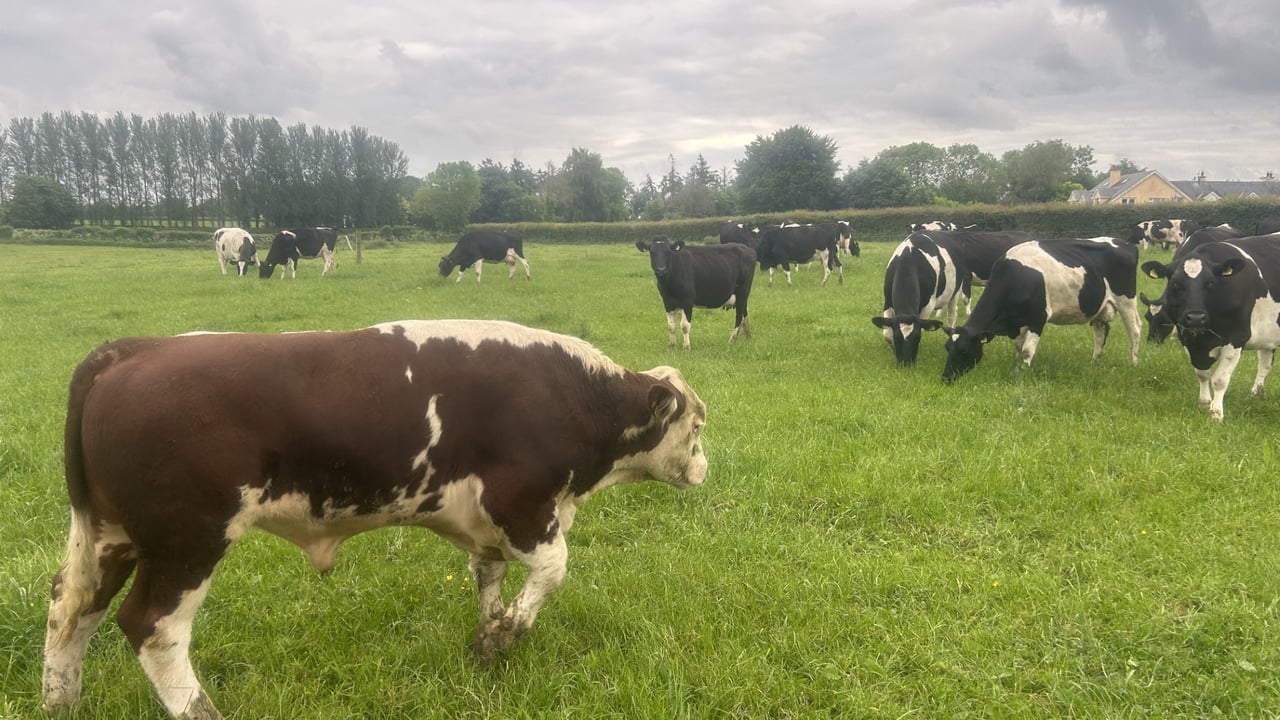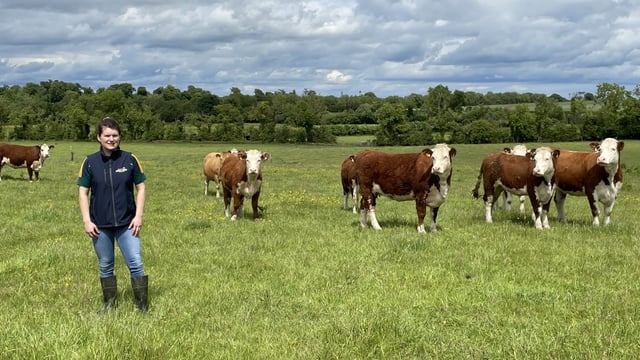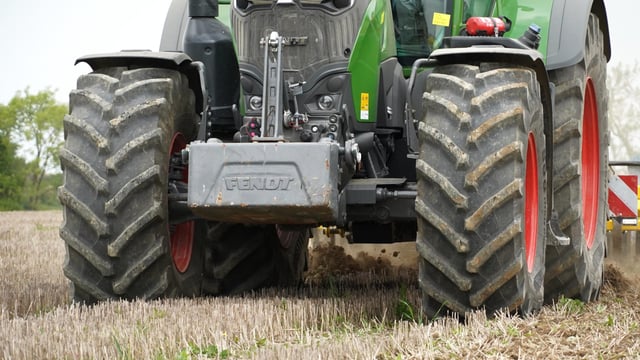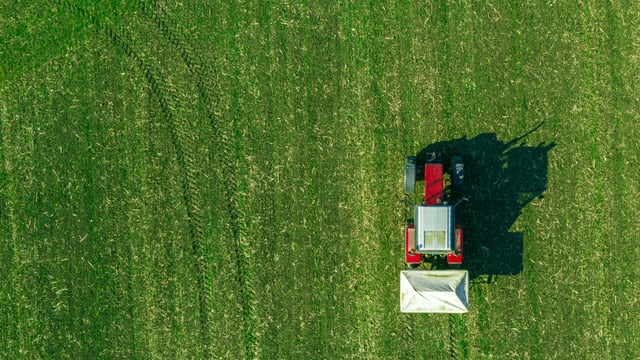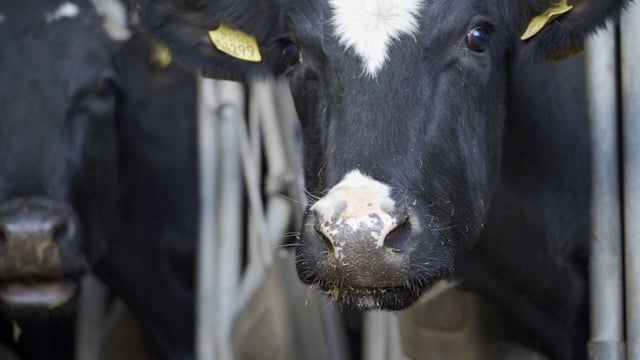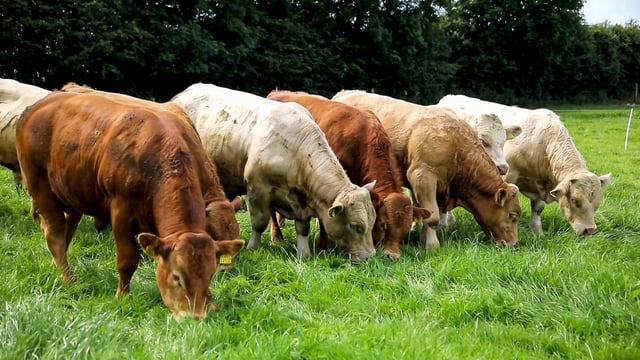When should you be 'pulling the bull' this breeding season?
The final few weeks of the breeding season have arrived and farmers need to decide on the best time time to 'pull the bull' to strike a balance between cows in calf and appropriate calving end date.
No doubt, it is vitally important to pick up any repeats or late calvers in order to minimise the number of empty cows in your herd. But at the same time, farmers do not want a number of cows calving right into May.
Traditionally, the industry standard in spring calving systems is a breeding season length of 12 weeks. However, in recent years, there has been a push to shorten this even more to achieve a compact calving.
It has been observed that farmers with excellent submission rates and good fertility that achieve high conception rates have been able to shorten their mating season to nine to 11 weeks.
The target of a compact six-week calving rate is crucial for a spring calving system, as it allows cows to get get out to grass as soon as possible and ultimately match their energy demand to the grass growth curve so they produce more solids.
The target should be to have 90% of the herd calved in the first six weeks of the calving season to really take advantage of the early spring grass and maximise production and days in milk.
Making the decision on cows not in calf
Extending the breeding season beyond the 12 weeks will increase the number of cows in-calf at the end of breeding, but it will also lengthen the calving season in 2026.
Late calving cows will consequently have shorter lactations if they are dried off before Christmas with the rest of the herd.
So, for the few cows that might not go in calf due to the bull being pulled, a farmer should ask: Why has this cow not gone in calf yet? Is she problematic? Is a late calving cow with fertility issues going to add profit to my business?
In order to achieve a longer lactation, and to make return on investment for putting the cow in calf in the first place, the late calving cow will have to be milked for much of the winter.
For instance, in spring-calving herds, where all cows are dried in December, late-calvers have lower milk production compared with a February-calved cow producing 6,500L:
- A March-calving cow produces 500L less or 8% less;
- An April-calving cow produces 900L less or 14% less;
- A May-calving cow produces 1,200L less or 20% less;
- A June-calving cow produces 1,800L less or 28% less.
To avoid this from happening, there needs to be a serious effort made in the last few weeks of the 12 week breeding window to get any of the cows that are not yet submitted back in calf.
This is not going to happen without a bit of work, as good heat detection is going to be required in order to pick up on any cow in heat.
Pulling the bull this breeding season
Getting your breeding season wrapped up as soon as possible while getting as many cows back in calf is crucial for your farm profitability.
The removal of late calvers, cows calving down early, and ensuring a shorter calving interval will have a positive impact on farm profitability as cows will be in milk longer, have more time to recover after calving before breeding, and produce more solids.
A balance needs to be struck, as calving cows too late in the season will also lead to less grass in the diet over the lactation and less days in milk, which is costly and not profitable.
So, a farmer needs to make a decision on when to finish the breeding season and - as quite often bulls will be running with herds at this time of the year - when the bull should be pulled out.
With a gestation length of 283 days, a guideline of expected calving dates based on the serve dates is provided in the table below:
| AI/ bull serve date | Calving date |
|---|---|
| June 1 | March 11 |
| June 15 | March 25 |
| July 1 | April 10 |
| July 15 | April 24 |
| August 1 | May 11 |
If breeding start date was May 1, if you are carrying out a 10-week breeding season, the bull should be pulled on July 10, and if a 12-week breeding season is desired, should be pulled on July 24.
Ending the breeding season on or before July 20 will confine your calving season to April 2026. Continuing to breed cows beyond this means 1,200L less for a May-calving cow and 1,800L less for a June-calving cow.
Additionally, late calving cows will not have a lot of time (approximately four weeks) to recover before breeding next year, which will hinder their chances of going back in-calf.
If a herd has a high proportion of late-calving cows, there are two options:
- Do not breed these cows and replace with an early-calved heifer in 2026, which may be difficult considering the shortage of dairy calf births in recent years;
- Shorten the breeding season incrementally over a number of years (one week per year).
Even though heifers will have lower output in their first lactation, early calving will see them produce as much as a late-calving cow dried early.

